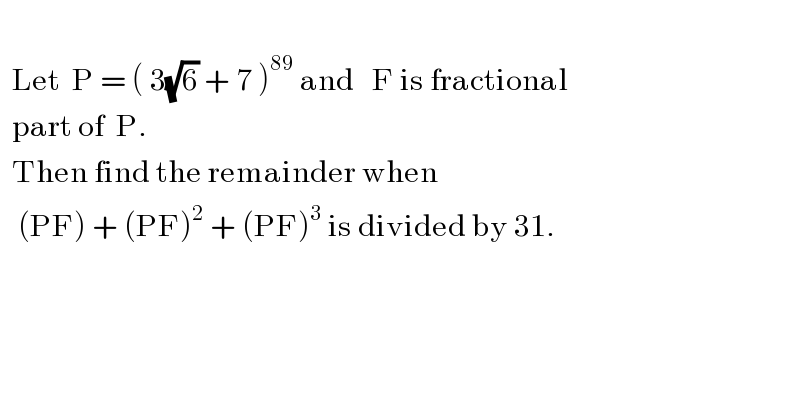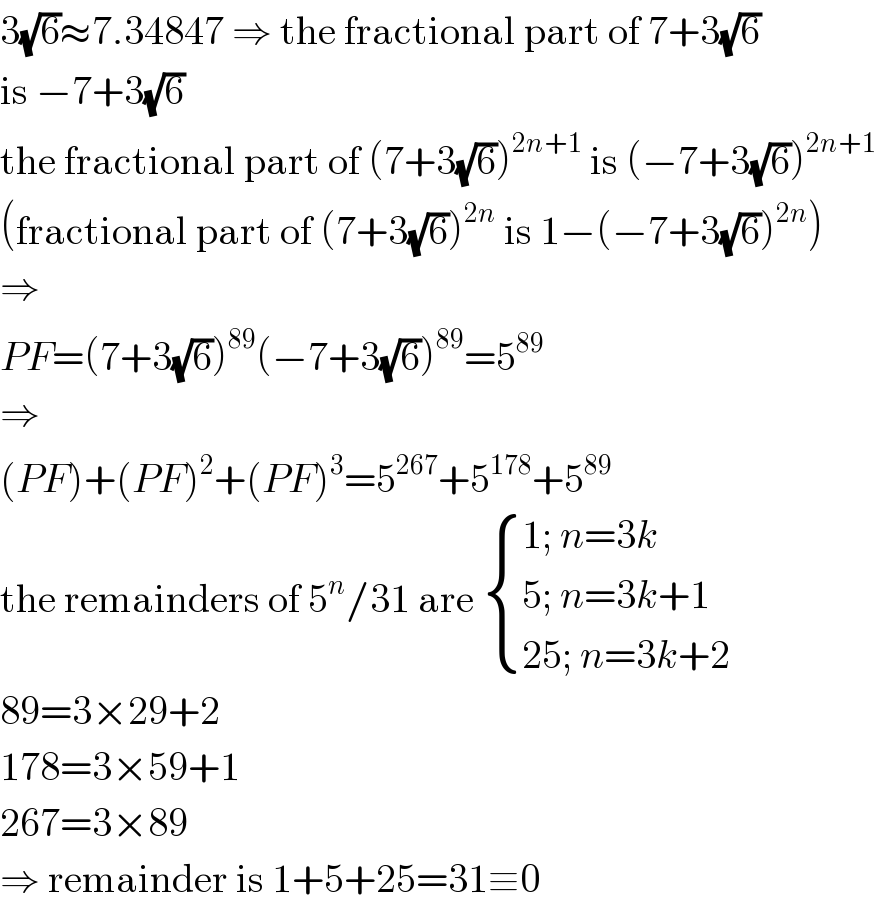
Question and Answers Forum
Question Number 124130 by soumyasaha last updated on 01/Dec/20

Answered by MJS_new last updated on 01/Dec/20

Commented by soumyasaha last updated on 01/Dec/20

| ||
Question and Answers Forum | ||
Question Number 124130 by soumyasaha last updated on 01/Dec/20 | ||
 | ||
Answered by MJS_new last updated on 01/Dec/20 | ||
 | ||
| ||
Commented by soumyasaha last updated on 01/Dec/20 | ||
 | ||